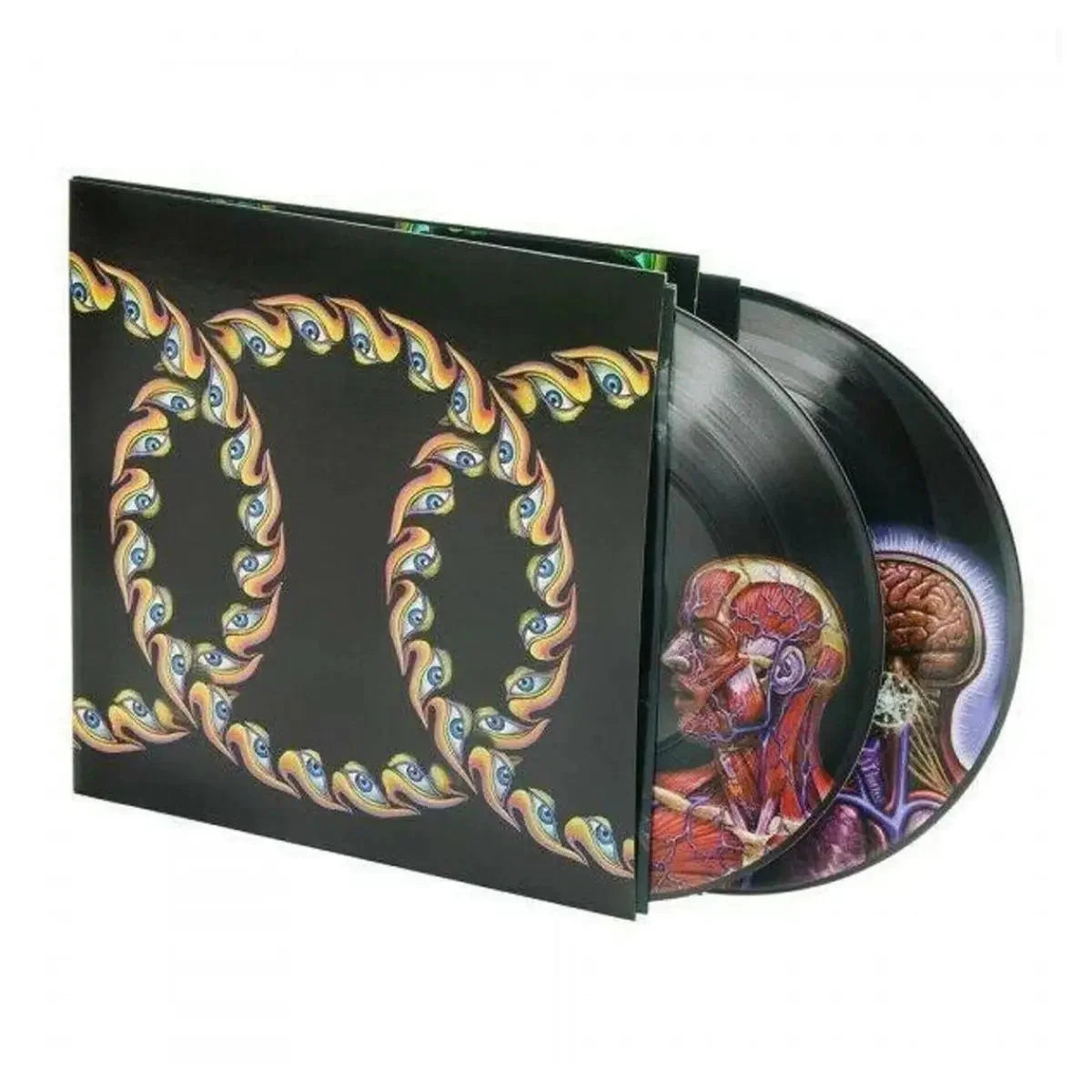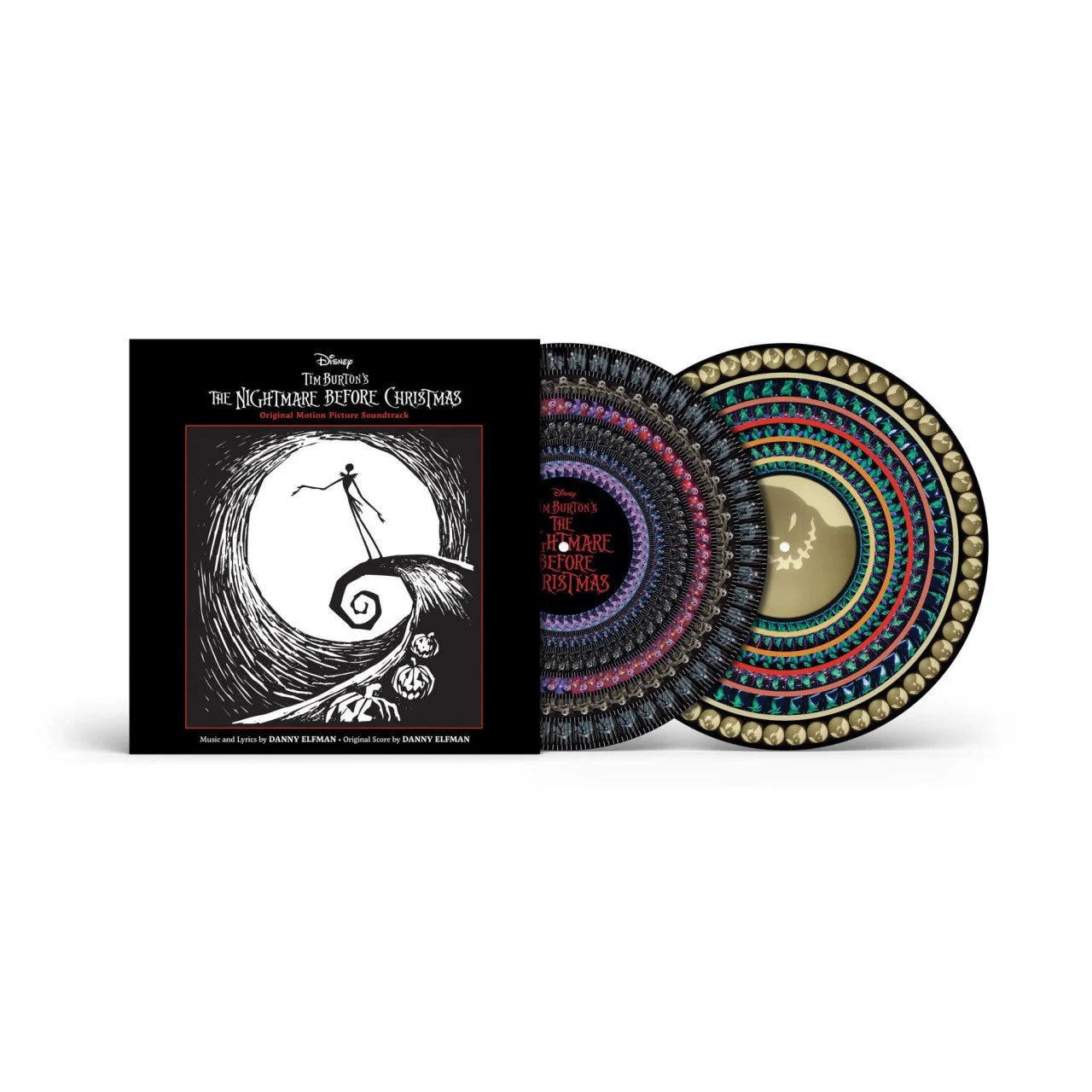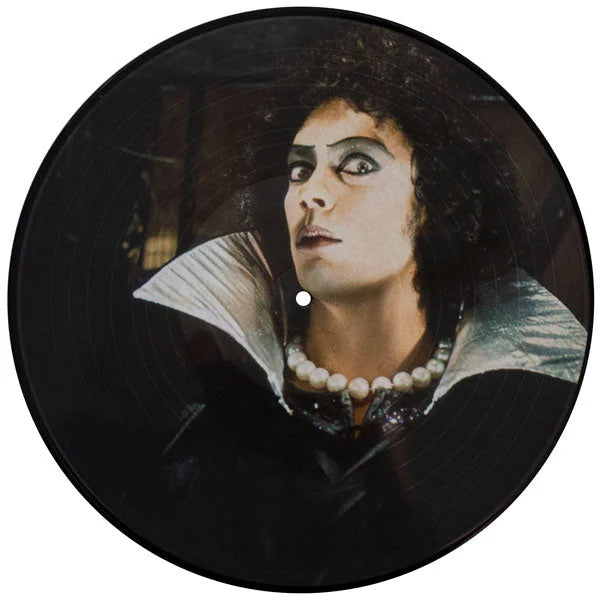
Petra Vinyl
Pay in 4 interest-free installments for orders over $50 with
Maryanne Amacher (1938 - 2009) was a composer of large-scale fixed-duration sound installations and a highly original thinker in the areas of perception, sound spatialization, creative intelligence, and aural architecture. She is frequently cited as a pioneer of what has come to be called "sound art," although her thought and creative practice consistently challenge key assumptions about the capacities and limitations of the genre. Amacher's work anticipates some of the most important developments in network culture, media arts, acoustic ecology, and sound studies, yet due to it's expansive interdisciplinary nature it has rarely been documented. Following two CDs for Tzadik and her inclusion in the monumental collection OHM: The Early Gurus Of Electronic Music (1948-1980), this publication of Amacher's 1991 piece Petra marks her first commercially available instrumental work as well as the first time her music has ever been available on vinyl. Petra was originally commissioned for the ISCM World Music Days in Switzerland. Written for two pianos, the piece is a unique example of Amacher's late work, a direct extension of her working methodologies for electronic composition taken into an acoustic realm that alludes to the music of Giacinto Scelsi and Galina Ustvolskaya. Petra is a sweeping, durational work based on both Amacher's impressions of the church in Boswil where the piece was premiered and science-fiction writer Greg Bear's short story of the same name, in which gargoyles come to life and breed with humans in a post-apocalyptic Notre Dame. This solemn interpretation of Petra was recorded at it's 2017 American premiere at New York's St. Peter's Episcopal Church with pianists Marianne Schroeder, who originally performed the piece alongside Amacher in 1991, and Stefan Tcherepnin, who performed it alongside Schroeder in 2012 at Hamburger Bahnhof, Berlin. Weighing tranquilizing passages of glacially-paced serenity against stretches of dilapidated, jagged dissonance, the recording illuminates a crucial node in the constellation of Amacher's enigmatic oeuvre.
TRACKLIST
I’ve placed my order, when will I receive it?
In the US, delivery time is normally between 2-5 business days
International delivery can take between 4-21 business days depending on location and domestic carriers.
Will I be able to track my order?
Yes! When you place an order, you receive a confirmation email with the tracking information to make sure you know where your package is at all times.
I received the wrong record. What do I do?
In very rare instances you may receive the wrong record, please don’t stress! Send an email to support@vinyl.com with a photo of the record and we will be in contact with the next steps.
What do I do if my order arrives damaged?
If the products in your order are damaged, contact us immediately at support@vinyl.com.
Please include all the information regarding the problem, and photos of the damage, and we will be in contact with the next steps.
What's your refund and return policy?
On the very small chance you’re not satisfied with your purchase i.e. you receive damaged, defective, or incorrect item(s) from Vinyl.com, you may return the product(s) within 30 days of delivery. When we receive the item(s) and verify the return of product(s), we will send you a replacement(s) or issue a full refund for the item
What is Shipping Protection?
Shipping Protection is our commitment to ensuring your package arrives safely at its destination.
If your shipment encounters any issues—such as being lost, damaged, or stolen—we will take prompt action to resolve the problem.
By opting for Shipping Protection, you gain peace of mind knowing you're protected against unforeseen shipping complications.








![1 Locate S - Wicked Jaw [Sky Blue]](http://vinyl.com/cdn/shop/files/4217742-2982879.jpg?v=1693273095&width=5760)
















![Taylor Swift - 1989 (Taylor's Version) [Crystal Skies Blue 2LP]](http://vinyl.com/cdn/shop/files/taylor_swift_1989_taylors_version.jpg?v=1734389117&width=5760)













![The Trammps - Christmas Inferno [White]](http://vinyl.com/cdn/shop/files/4110008-2871740.jpg?v=1700437370&width=5760)









